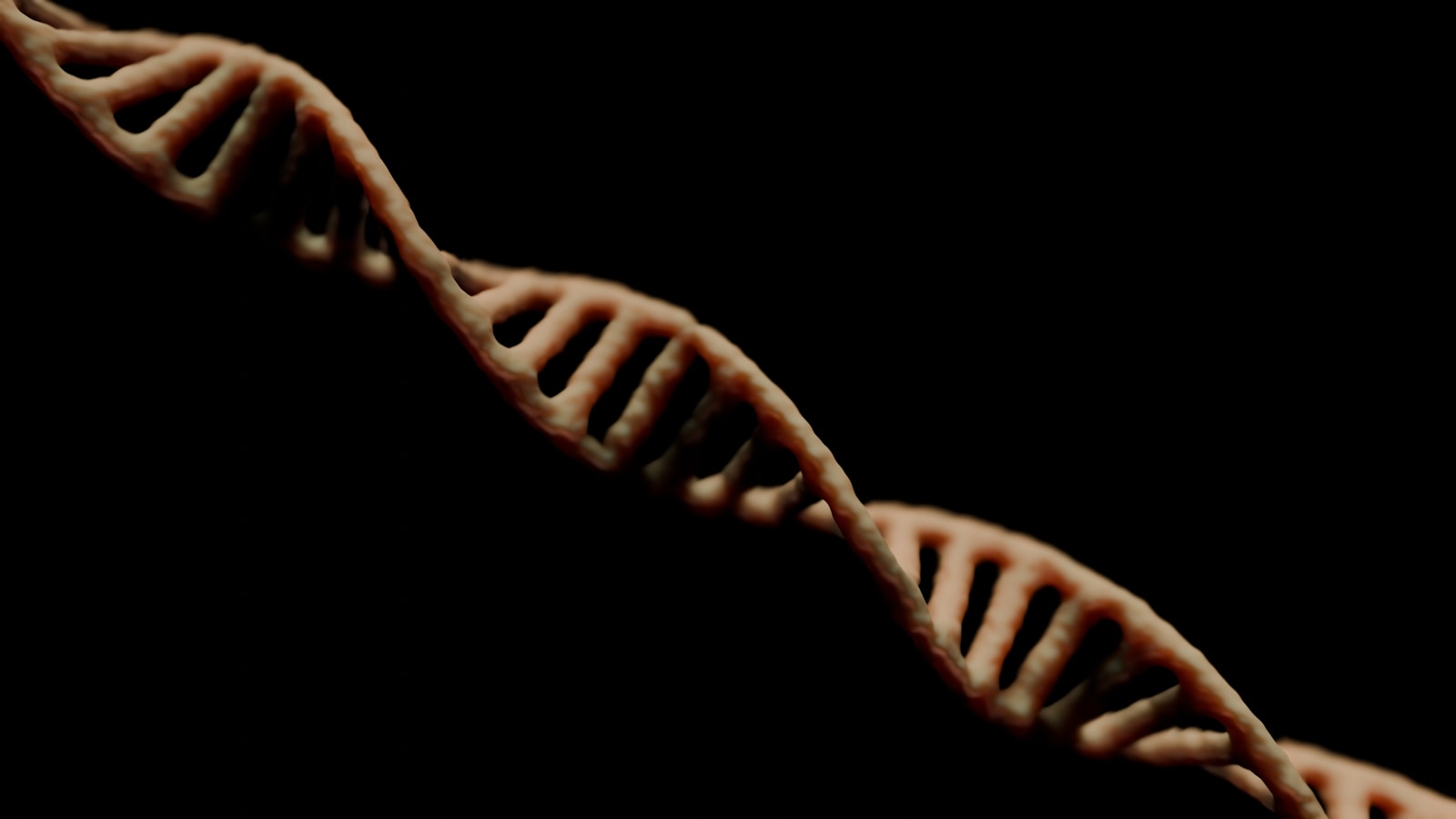At the forefront of evolution’s remarkable adaptations is the mesmerizing cuttlefish, a master of camouflage. But can this majestic mollusk truly blend into any environment, or are there limitations to its camouflage abilities? One of the key factors that enable cuttlefish to camouflage themselves in various environments is their sophisticated skin. Their skin contains specialized cells called chromatophores, iridophores, and leucophores, which allow them to change color, texture, and even reflect light in a manner that mimics their surroundings.
Understanding Cuttlefish Camouflage
To truly appreciate the cuttlefish’s camouflaging abilities, one must delve deeper into the science behind it. These creatures are not merely altering their appearance at random; they are engaging in a highly coordinated, physiological process that involves their nervous system, eyes, and skin cells. This process is what makes their camouflage so effective and versatile.
The Role of Chromatophores
Chromatophores are pigment-containing cells that expand or contract to reveal certain colors, enabling cuttlefish to quickly adapt to different backgrounds. By manipulating the distribution of pigment within these cells, they can produce an impressive array of hues, from vibrant blues and greens to subtle browns and pinks. This diversity in coloration allows cuttlefish to seamlessly blend with a myriad of environments, whether it be a colorful coral reef or the sandy ocean floor.
Chromatophores are controlled by the cuttlefish’s nervous system, which receives visual input from the eyes. The cuttlefish’s eyes are highly developed and can detect even the slightest changes in light and color, allowing for rapid adjustments in skin coloration. This ability is crucial for survival, as it helps them avoid predators and sneak up on prey.
Reflective Iridophores and Leucophores
In addition to chromatophores, cuttlefish possess iridophores and leucophores, which contribute to their chameleon-like abilities. Iridophores reflect light, allowing the cuttlefish to take on a metallic sheen or even appear transparent, while leucophores enhance their ability to mimic the brightness of their environment. This reflective quality gives cuttlefish a unique advantage in environments with shifting light conditions, enabling them to remain undetected by predators or potential prey.
Iridophores and leucophores work together to manipulate the cuttlefish’s appearance further. For example, in deeper waters where light is scarce, the cuttlefish can use these cells to reflect ambient light, creating a shimmering effect that makes them less visible. This is particularly effective in confusing predators or prey, as the cuttlefish can blend seamlessly into the water column.
The Complexity of Cuttlefish Behavior
Cuttlefish are not just passive camouflagers; they are active participants in their environment. Their ability to change color is just one aspect of their complex behavior. They also use texture changes and body posture to enhance their camouflage.
Texture Changes
The skin of a cuttlefish can change texture to match the surrounding environment. By controlling small muscles in their skin, they can create bumps and ridges that mimic the texture of rocks, sand, or coral. This ability to alter their skin’s texture is a crucial aspect of their camouflage strategy, allowing them to match not only color but also the physical characteristics of their environment.
An example of this can be seen when a cuttlefish encounters a patch of coral. It can raise small papillae on its skin to mimic the rough, uneven surface of the coral, helping it blend in more effectively. This three-dimensional camouflage is a testament to the cuttlefish’s adaptability and intelligence.
Behavioral Adaptations
Cuttlefish are also highly intelligent creatures, capable of learning and adapting their behavior based on experiences. For instance, they can remember specific hiding spots and return to them when threatened. They can also observe the behavior of other animals and imitate it if it proves beneficial.
In one study, researchers observed cuttlefish adapting their hunting strategies based on the type of prey they were targeting. If the prey was fast-moving, the cuttlefish would employ a stealthy approach, using their camouflage to get as close as possible before striking. For slower prey, they might use a more direct approach, relying on their speed and agility.
Limits to Camouflage
While cuttlefish are undeniably skilled at blending into a wide range of environments, there are still certain limitations to their camouflage capabilities. For instance, they may struggle to match complex patterns or rapidly changing backgrounds. Additionally, they may not be able to perfectly replicate certain textures or shapes. These limitations highlight the intricacies of their camouflaging mechanisms and show that even the most adept camouflagers have their shortcomings.
Environmental Challenges
Certain environments pose significant challenges to the cuttlefish’s ability to camouflage. For example, a vibrant and highly dynamic coral reef can be difficult to mimic perfectly due to its complex and constantly shifting colors and patterns. In these situations, the cuttlefish must rely on quick adjustments and strategic positioning to remain concealed.
Another challenging scenario is when the background changes rapidly, such as when a cuttlefish is swimming through an area with alternating patches of light and shadow. While they can make quick adjustments, there is always a slight delay, which can make them vulnerable to detection.
Biological Limitations
Despite their advanced abilities, cuttlefish have biological limitations that prevent them from achieving perfect camouflage in all situations. For instance, their skin cells can only produce a finite range of colors, meaning they may struggle with particularly vivid or unusual hues found in some environments.
Moreover, their ability to change texture is limited by the physical capabilities of their skin. While they can mimic a variety of textures, there are certain surfaces that are too complex or too fine for them to replicate accurately.
The Science Behind Cuttlefish Camouflage
Researchers have long been fascinated by the cuttlefish’s ability to camouflage, and recent scientific advancements have shed light on the mechanisms behind this remarkable adaptation.
Neurological Insights
The cuttlefish’s nervous system plays a crucial role in their camouflage abilities. Their brains are capable of processing vast amounts of visual information and making split-second decisions about how to adjust their appearance. This neurological prowess allows them to react quickly to changes in their environment and maintain their camouflage.
In a study conducted by neuroscientists, it was discovered that cuttlefish can process visual information in parallel, meaning they can assess multiple aspects of their environment simultaneously. This ability to multitask is essential for effective camouflage, as it allows them to consider color, texture, and lighting all at once.
Technological Applications
The study of cuttlefish camouflage has inspired technological innovations in various fields. Engineers and designers have looked to the cuttlefish for inspiration in developing materials and technologies that can change color or texture in response to their environment.
One such application is in military camouflage technology. Researchers are exploring ways to create materials that mimic the cuttlefish’s ability to change color and texture, potentially leading to more effective camouflage gear for soldiers.
Additionally, the principles of cuttlefish camouflage are being applied in the development of advanced display technologies. By understanding how cuttlefish manipulate light and color, scientists hope to create screens and displays that can change appearance based on ambient lighting conditions, improving visibility and reducing energy consumption.
The Future of Cuttlefish Research
The study of cuttlefish and their camouflaging abilities is an ongoing area of research with much still to be discovered. Scientists continue to explore the genetic and developmental factors that contribute to their unique abilities, as well as the ecological implications of their camouflage.
Genetic Insights
Recent advances in genetic research have allowed scientists to delve deeper into the genetic makeup of cuttlefish. Understanding the genes that control their camouflaging abilities could provide insights into the evolutionary processes that led to the development of such sophisticated adaptations.
Researchers are also interested in exploring how cuttlefish might adapt to changing environmental conditions, such as ocean warming and pollution. By studying their genetic resilience, scientists hope to predict how these creatures might fare in future ecosystems.
Ecological Impact
Cuttlefish play a crucial role in their ecosystems, both as predators and prey. Their ability to camouflage affects their interactions with other species, and understanding these dynamics is essential for conservation efforts.
As human activities continue to impact marine environments, the study of cuttlefish and their ecological roles becomes increasingly important. By understanding how they contribute to the health and balance of marine ecosystems, conservationists can develop strategies to protect these remarkable creatures and their habitats.
Practical Tips for Observing Cuttlefish
For those interested in observing cuttlefish in their natural habitats, there are practical tips to enhance the experience and increase the chances of witnessing their camouflaging abilities firsthand.
Choosing the Right Location
Cuttlefish are found in various marine environments, from shallow coastal waters to deeper offshore areas. To maximize the chances of observing them, choose locations known for their biodiversity, such as coral reefs or seagrass beds.
Timing and Conditions
Cuttlefish are most active during the day, especially in well-lit environments where their camouflage can be most effective. Early morning or late afternoon, when the sun is lower in the sky, often provide optimal lighting conditions for observing their behavior.
Diving and Snorkeling Tips
When diving or snorkeling, move slowly and avoid making sudden movements that might startle the cuttlefish. Approach them calmly and maintain a respectful distance to avoid disrupting their natural behavior.
Equipped with an underwater camera, you can capture the fascinating process of cuttlefish changing color and texture. Documenting these moments not only provides a visual record but also contributes to citizen science efforts by sharing observations with researchers.
In the grand tapestry of marine life, the cuttlefish’s ability to adapt to its surroundings with such precision serves as a reminder of the awe-inspiring diversity and ingenuity of the natural world. From the intricate science behind their camouflage to the potential technological applications inspired by their abilities, the study of cuttlefish continues to captivate scientists and nature enthusiasts alike. As we delve deeper into the mysteries of these remarkable creatures, we gain a greater appreciation for the wonders of evolution and the delicate balance of life beneath the waves.



